Written by Yoshiki Tanaka | ||
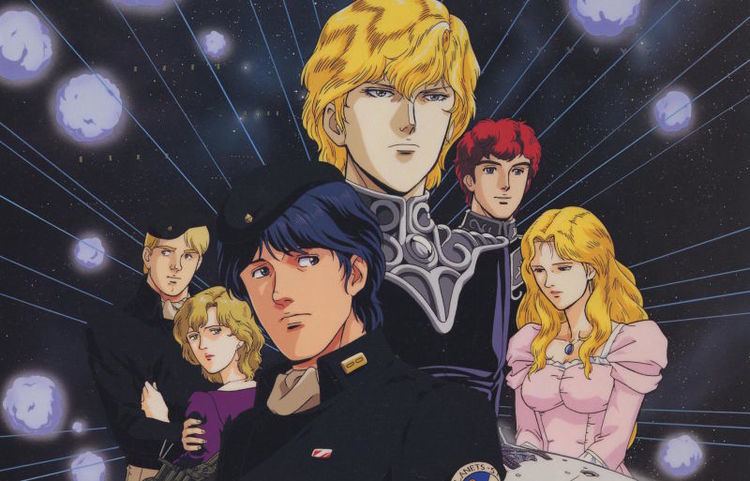 | ||
Original run November 30, 1982 – November 15, 1987 Books Dawn, Ambition, Crounching, Stratagem, Storm, Flying, Waves, Separation, Disturbance Publishers Viz Media (NA), Tokuma Shoten | ||
Legend of the galactic heroes volume 1 light novel review
Legend of the Galactic Heroes (銀河英雄伝説, Ginga Eiyū Densetsu), also known as LOTGH (銀英伝, Gin'eiden), is a series of science fiction novels written by Yoshiki Tanaka. In humanity's distant future, two interstellar states - the monarchic Galactic Empire and the democratic Free Planets Alliance - are embroiled in a never-ending war. The story focuses on the exploits of rivals Reinhard von Lohengramm and Yang Wen Li as they rise to power and fame in the Galactic Empire and the Free Planets Alliance respectively.
Contents
- Legend of the galactic heroes volume 1 light novel review
- Book review legend of the galactic heroes book 1 dawn
- Setting
- Plot
- Novels
- My Conquest is the Sea of Stars
- Legend of the Galactic Heroes
- Golden Wings
- Overture to a New War
- Gaiden
- Stage productions
- English release
- New anime adaptation
- Manga
- Musical
- References

An anime adaptation of the novels, produced by Kitty Films and animated for the most part by Artland and Magic Bus, ran from 1988 to 1997. There is also a manga based on the novels, with art by Katsumi Michihara. In addition, there are several video game adaptations with the most recent release in 2008 being a real-time strategy game. The series did not receive an official English release until 2015, when North American anime and manga distributor Viz Media announced they had acquired the license to the novels, while on the same day, North American anime licensor Sentai Filmworks announced their license to the anime.
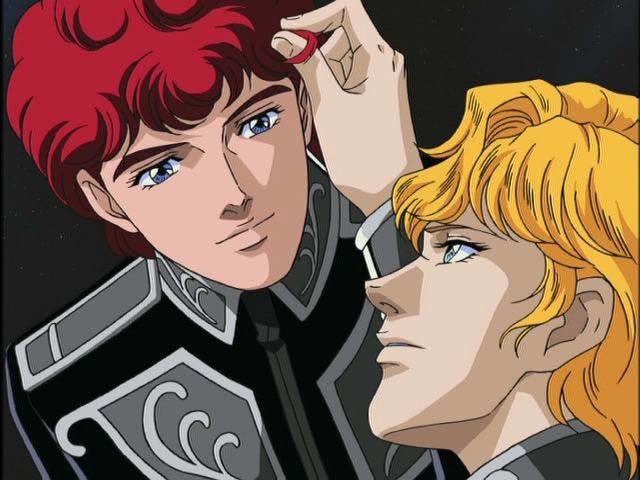
Book review legend of the galactic heroes book 1 dawn
Setting
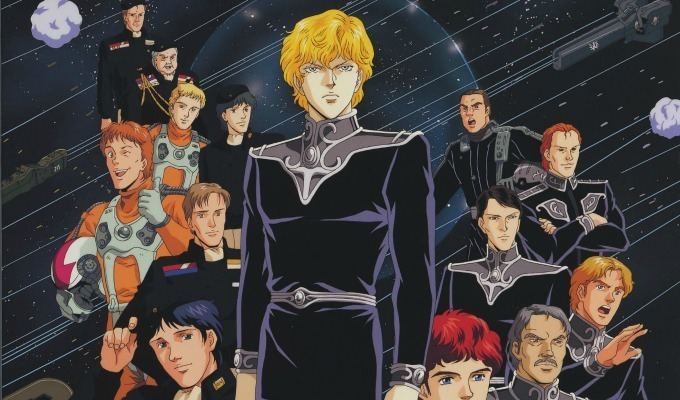
In AD 2801 the Galactic Federation is formed, which results in political power moving away from the planet Earth (now named Terra) and the Space Era calendar replacing the Gregorian calendar, with 2801 AD now being SE 1. Rudolf von Goldenbaum, an ex-admiral turned dictatorial politician is elected to power, makes himself Emperor Rudolf I, absolute monarch of the renamed Galactic Empire, and restarts the calendar again, starting the Imperial Calendar on SE 310/AD 3110. Rudolf adopts extremist policies including the suppression of any opposition and the extermination of anyone perceived too weak, such as the disabled and those in poverty, which he carried out until his death in IC 42/SE 351/AD 3151. He also moves the capital of the Empire to the planet Odin, third planet in the Valhalla system.
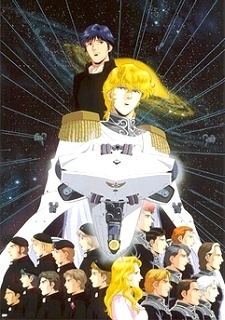
In IC 164/SE 473/AD 3273, a group of serfs in the Altair star system manage to escape captivity and make "the Long March of 10,000 Light-Years" into the Sagittarius Arm to escape the Galactic Empire, which is located within the Orion Arm. These people set up the Free Planets Alliance, a democratic republic, using the Space Era calendar, founding the Alliance in SE 527/IC 218/AD 3327 on the planet Heinessen. In SE 640/IC 331/AD 3440 the first battle between the Empire and Alliance occurs, resulting in a major Alliance victory. The two realms have been at war ever since.
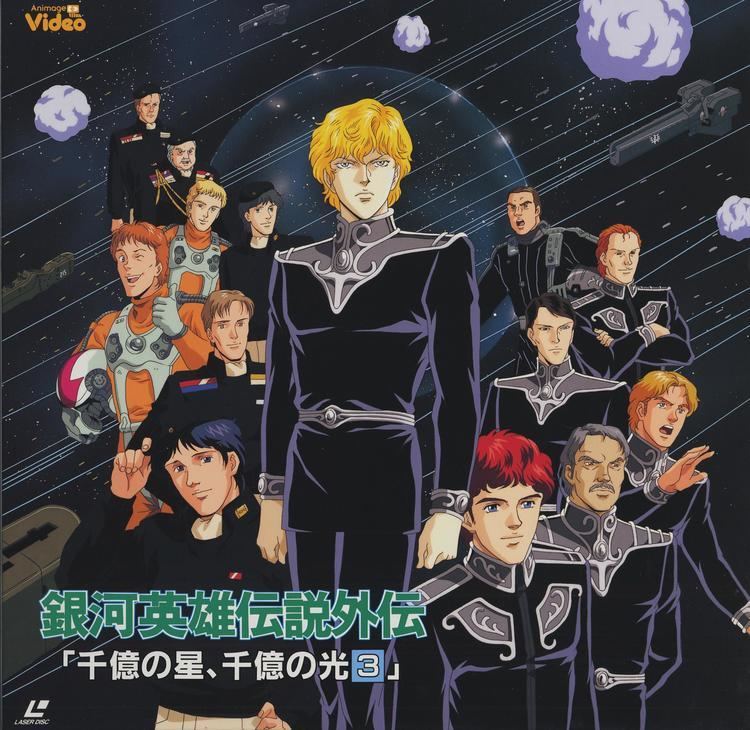
A third realm is also set up, the Dominion of Fezzan, a planet-state (city-state on a galactic scale) with connections to Terra. It technically remains a part of the Empire and pays tribute, but it also maintains a relationship with the Alliance. Ruled by a domain lord called the "landsherr" Fezzan gains power by acting as both the paragon and trickster, providing the only link between the Empire and Alliance whilst simultaneously playing the two sides against one another.
Plot
The story is staged in the distant future within our own Milky Way Galaxy, starting in SE 796/IC 487/AD 3596. A portion of the galaxy is filled with terraformed worlds inhabited by interstellar traveling human beings. For 150 years two mighty space powers have intermittently warred with each other: the Galactic Empire and the Free Planets Alliance.
Within the Galactic Empire, based on mid 19th century Prussia, an ambitious military genius, Reinhard von Müsel, later conferred Reinhard von Lohengramm, is rising to power. He is driven by the desire to free his sister Annerose, who was taken by the Kaiser as a concubine. Later, he wants not only to end the corrupt Goldenbaum dynasty but also to defeat the Free Planets Alliance and to unify the whole galaxy under his rule.
In the Free Planets Alliance Star Fleet is another genius, Yang Wen Li. He originally aspired to become a historian through a military academy, and joined the tactical division only out of need for tuition money. He was rapidly promoted to an admiral because he demonstrated excellence in military strategy in a number of decisive battles and conflicts. He becomes the archrival of Reinhard, though they highly respect one another. Unlike Reinhard he is better known for his underdog victories and accomplishments in overcoming seemingly impossible odds and mitigating casualties and damages due to military operations.
As a historian, Yang often predicts the motives behind his enemies and narrates the rich history of his world and comments on it. One of his famous quotes is: "There are few wars between good and evil; most are between one good and another good."
Besides the two main heroes, the story is full of vivid characters and intricate politics. All types of characters, from high nobility, admirals and politicians, to common soldiers and farmers, are interwoven into the story. The story frequently switches away from the main heroes to the Unknown Soldier fighting for his life on the battlefield.
There is a third neutral power nominally attached to the Galactic Empire called the Phezzan Dominion, a planet-state which trades with both warring powers. There is also a Terraism cult, which claims that humans should go back to Earth, gaining popularity throughout the galaxy. Throughout the story executive political figures of Phezzan in concert with the upper-hierarchy of the Terraism cult orchestrate a number of conspiracies to shift the tide of the galactic war so that it may favor their objectives.
Novels
Legend of the Galactic Heroes (Japanese: 銀河英雄伝説, Ginga Eiyū Densetsu), sometimes referred to as 'Heldensagen vom Kosmosinsel' (in incorrect German, translating to "heroic tales of the cosmic island"), is a series of ten science-fiction novels written by Tanaka Yoshiki, as well as a number of other, shorter stories set in the same universe. It won the Seiun Award for "Best Novel of the Year" in 1988. On July 2, 2015, Viz Media had announced that they had licensed the novels for release in North America under their Hikaisoru imprint. They have only licensed the first three novels, but will license more if sales are good. The first novel, Dawn was released on March 8, 2016 with Ambition released soon after on July 19, 2016.
My Conquest is the Sea of Stars
Legend of the Galactic Heroes: My Conquest is the Sea of Stars (銀河英雄伝説 わが征くは星の大海, Ginga Eiyū Densetsu: Waga Yuku wa Hoshi no Taikai) is the first animated adaptation of Yoshiki Tanaka's Legend of the Galactic Heroes series of novels. It was originally released in Japan on 6 February 1988. The film chronicles the first combat encounter between Reinhard von Müsel (who later adopted the Lohengramm name) and Yang Wen-li, the two primary protagonists of the series. The main original video animation (OVA) series followed only months later.
Legend of the Galactic Heroes
Legend of the Galactic Heroes (銀河英雄伝説, Ginga Eiyū Densetsu), also known by German title Heldensagen vom Kosmosinsel, which is written on the official logo, sometimes abbreviated as LOTGH. This is the main series. It is the second and longest-running animated adaptation of Yoshiki's series of novels. It was released in direct home video installments during four separate periods between December 1988 and March 1997. The OVA comprises 110 episodes, which together total more than 2800 minutes of animation. It was later shown on television and has seen multiple releases on both DVD and Blu-ray formats.
Golden Wings
Legend of the Galactic Heroes: Golden Wings (銀河英雄伝説外伝 黄金の翼, Ginga Eiyū Densetsu: Ōgon no Tsubasa) is the third animated adaptation of Tanaka's novels. It was originally released on home video in Japan in October 1992, then released in cinemas in December of the same year. Its art style is notable in that it follows the art style of the manga rather than the other animated works. Its ending theme song is "Futari Mita Yume ~Two of Us~", performed and composed by Hiroyuki Matsuda, written by Gorou Matsui and arranged by David Campbell. It is also noteworthy for showing the German title Die Legende der Sternhelden with correct grammar.
Overture to a New War
Legend of the Galactic Heroes: Overture to a New War (銀河英雄伝説外伝 新たなる戦いの序曲(オーヴァチュア), Ginga Eiyū Densetsu: Arata Naru Tatakai no Ōvachua) is the fourth animated adaptation of Tanaka's novels. It was originally released in Japan on 18 December 1993. It expands upon the events covered in the first two episodes of the 1988 OVA series.
Gaiden
Legend of the Galactic Heroes Gaiden (銀河英雄伝説 外伝, Ginga Eiyū Densetsu Gaiden) is the fifth animated adaptation (counting films) of Tanaka's novel series. It was originally released in Japan between February 1998 and July 2000. It served as a prequel to the main series.
Series 1, released in February 1998, is the first animated adaptation of the Legend of the Galactic Heroes Gaiden, or side stories, series of novels, consisting of adaptations of the short stories Silver-White Valley, Dreams of the Morning, Songs of the Night, Dishonour and the novel A Hundred Billion Stars, a Hundred Billion Lights.
Series 2, released between December 1999 and July 2000, is the second animated adaptation of the side stories from the Legend of the Galactic Heroes series of novels, consisting of the adaptations of the novels Spiral Labyrinth and part of Star Crusher (adapted as The Third Battle of Tiamat), as well as the original stories The Mutineer, The Duellist and The Retriever.
Stage productions
On 12 February 2014, the latest stage production of Legend of the Galactic Heroes opened, and it ended with an announcement of a new anime adaptation. Tanaka's secretary, Hirofumi Adachi, confirmed the news and relayed the producer's comments that the new anime is not a remake of the earlier anime, but another anime adaptation of the original novels with a new staff.
English release
On 2 July 2015, Sentai Filmworks announced their license to the anime series at their panel at Anime Expo and later commented that they hoped to create the "definitive release".
New anime adaptation
On 13 August 2015, it was announced that Production I.G will produce a new anime adaptation of the novel series in 2017.
Manga
The first manga adaptation is authored by Katsumi Michihara, and is derived from the first two volumes of the original-novel. This manga story is faithful to the original, possibly more faithful than the anime. However, there are some changes that could be considered major, e.g. the sex of several characters is changed. Akira Kasahara cooperated in drawing mechanics.
Musical
The series has been adapted as a musical by the all female performance troupe Takarazuka Revue.
